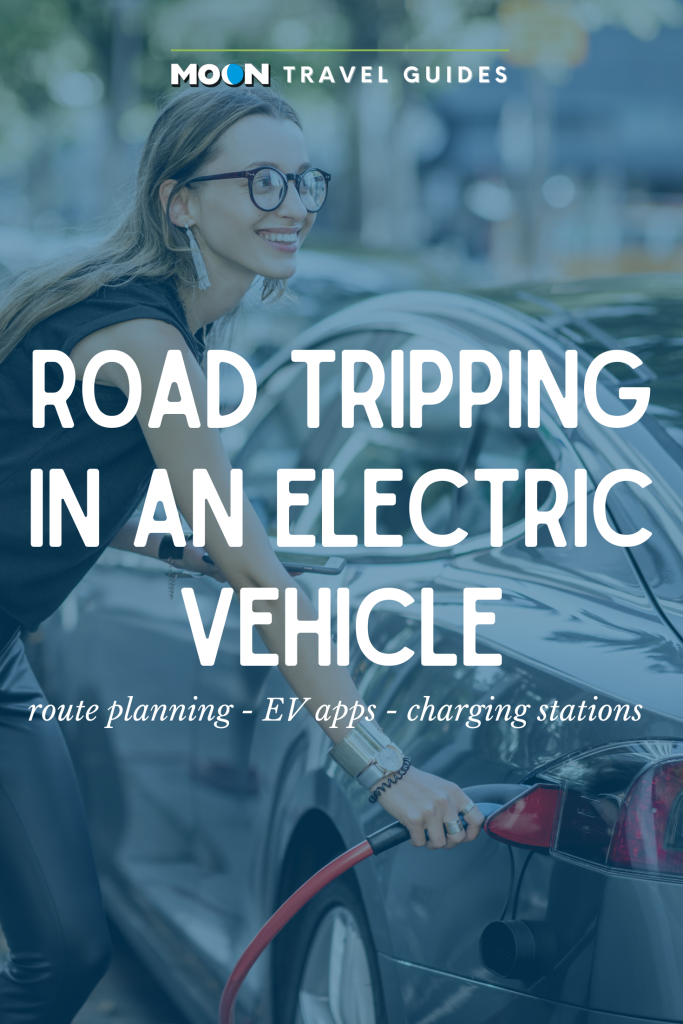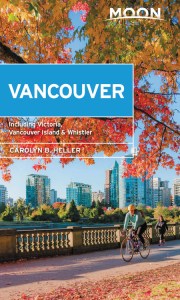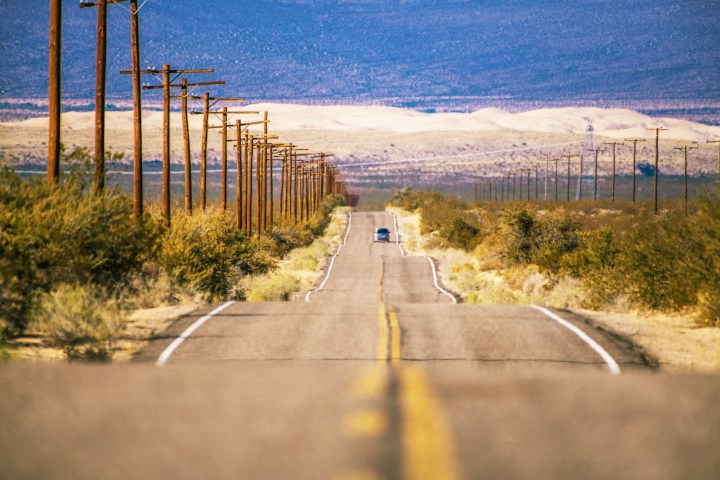Road Tripping in an Electric Car
The sunset was painting a gingery streak across the Rocky Mountains as I turned south off Highway 1, the Trans-Canada Highway, heading toward Kootenay National Park in eastern British Columbia. My destination for the night was the tiny community of Radium Hot Springs that serves as the gateway to this mountainous national park. And that’s when I started worrying about my car.
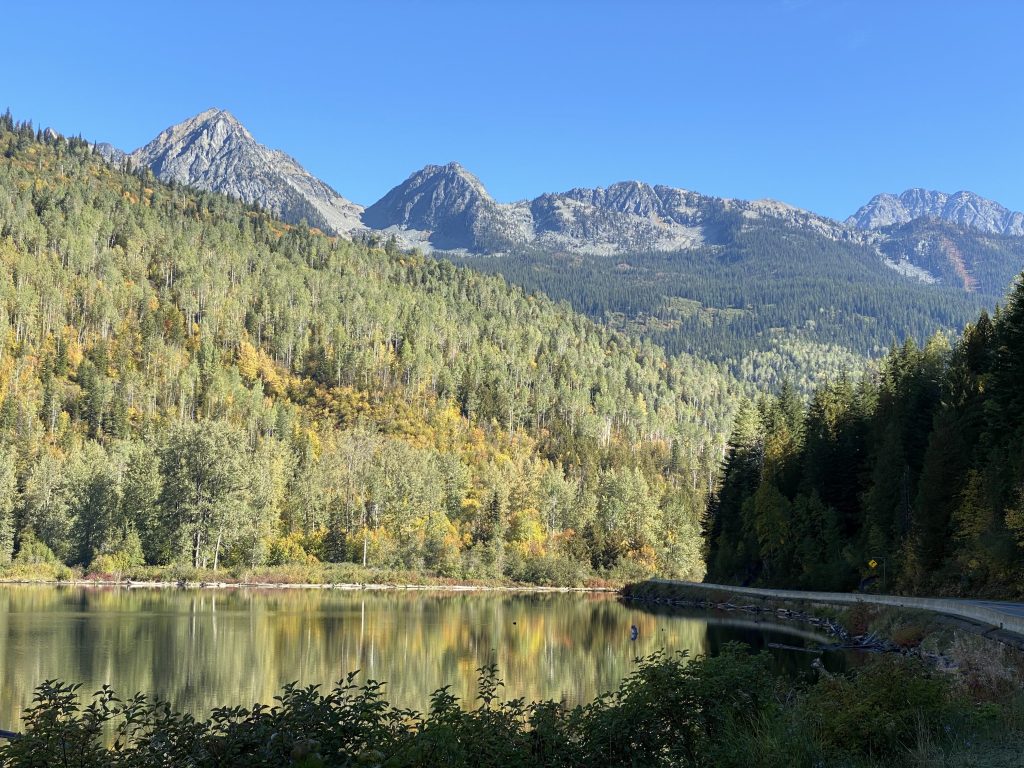
On my first long-distance road trip with our recently purchased electric vehicle, I was looping from my home city of Vancouver through the Selkirk and Monashee mountains toward the Canadian Rockies. On the Trans-Canada, the main east-west route extending across the country between the Pacific and Atlantic Coasts, I had no trouble finding charging stations at least every 100-125 miles (150-200 kilometers)–more than I needed in my Tesla Model 3. Once I left the main highway, though, not only were Tesla superchargers nearly impossible to find, I wasn’t sure how common other chargers would be.
But when I was planning a road trip through eastern British Columbia, researching a new edition of my guidebook, Moon Vancouver & Canadian Rockies Road Trip, I learned that the Kootenay-Rockies region was making a significant investment in EV technology to encourage travelers to road-trip with electric vehicles. With our new EV, I wanted to check it out.
I needn’t have worried. Although road tripping in an EV takes more planning than a gas-powered drive, particularly if you’re exploring smaller communities or more remote areas, I found it fairly easy to recharge my car whenever I needed. And a few months later, when my daughter Talia and I drove our EV from Vancouver to San Diego–more than 1,500 miles (2,500 kilometers) south along the US west coast–we didn’t miss gas station stops at all.
Here are some of the things I’ve learned from my EV travels.
EVs Encourage Stops – and That’s a Good Thing
If you’re used to making road trips where you drive for hours, stopping only for quick fill-ups or to grab a coffee, you’ll want to rethink that strategy for EV travel. Depending on the type of EV you’re driving, you may need to recharge every 250 to 350 miles (400 to 550 kilometers). And with different types of charging stations offering varying speeds, those charging stops might range from 20 or 30 minutes to several hours.
But stopping for more than a few minutes can make your road trip much more enjoyable, particularly if you find chargers near local restaurants, museums, or hiking trails. In Fernie, British Columbia, for example, there’s a public EV charger at City Hall, a Victorian era building near the town’s main street. While my car was charging, I poked into the local history museum, wandered the back lanes where community artists have painted murals on the trash dumpsters, and sat down for a crispy “brunch turnover” stuffed with spinach, mushrooms, eggs, and cheese at the Blue Toque Gastro Diner.
Similarly, when Talia and I stopped at a charger in Seaside, Oregon–in the pouring rain–she darted into a nearby outlet store to find a bargain raincoat. And when the sun came out in Crescent City, our first stop in California, we left our car at an in-town charger and took a walk along the ocean beach.

While you’ll often find chargers in malls or motel parking lots that aren’t an easy walk from interesting attractions or places to eat, a little advance planning can make your recharging stops more fun.
Plan Your Route in Advance
Because EV chargers are still far less common than gas stations, you’ll want to plot your route more carefully, ensuring that you can find places to charge well before you need them. You don’t necessarily have to stay on the main highways, but you do need to research where chargers are located.
On our drive south from Vancouver, we followed Highway 101 along the Oregon Coast, where chargers aren’t as common as they are on the more direct Interstate 5. But they were common enough that we could enjoy the dramatic coastal cliffs, massive sand dunes, and unusual rock formations between charging stops, as long as we planned where we needed to charge.
EV Apps Are Your Friends
So how do you plan your EV road-trip route? Start with an EV planning app, which can tell you where to find chargers and calculates how far your particular vehicle can travel.
The apps I’ve found most useful for EV trip planning are A Better Routeplanner (ABRP) and Plugshare. Both tools let you specify the type of vehicle you have, various parameters such as how low you’re willing to let your battery go before you recharge, your starting point, and your destination, with any intermediate stops along the way. They then suggest a route and charging stops, including the types of chargers available. The apps can tell you if a charger is occupied, too.
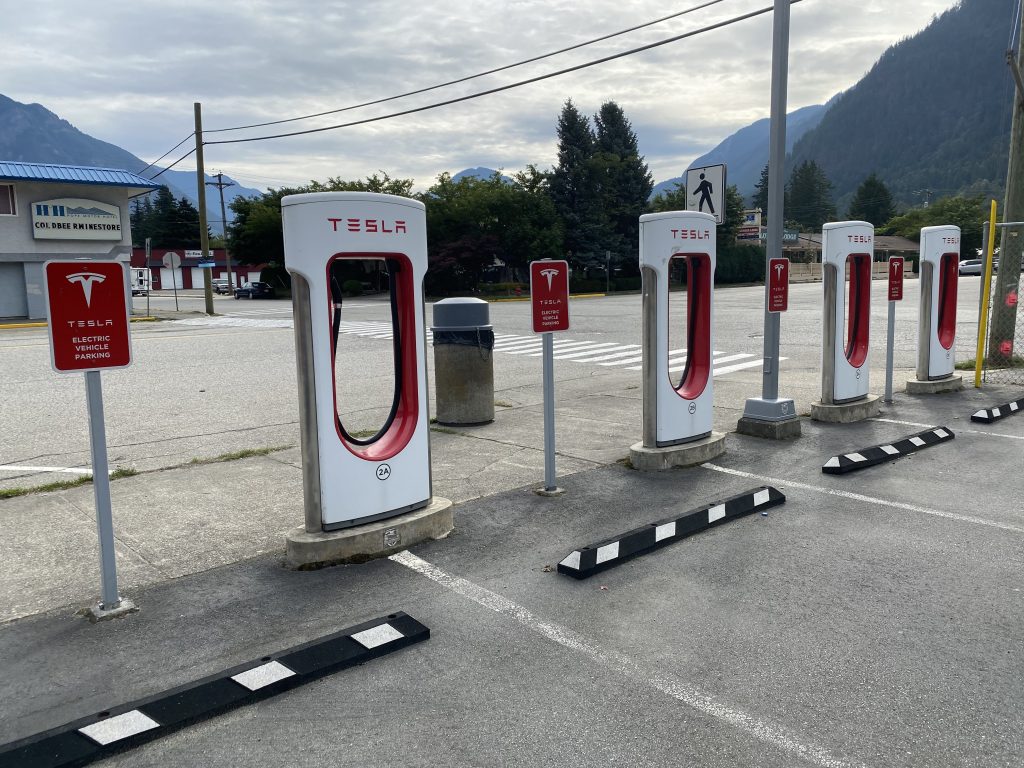
Apps such as Flo, ChargePoint, ChargeHub, and EVgo are useful for unlocking charging stations and paying for your charge. Different apps have better coverage in specific regions, so check what app works best for your road trip route. Look for local or regional charging networks, too. In British Columbia, for example, BC Hydro, the provincial electric company, has installed a network of charging stations that you can find through their own app.
For Tesla owners, your car’s route planning tools tell you the locations of the company’s superchargers and how far you can go before your next charge.
All sorts of factors affect your battery usage, such as running the heat or air-conditioning, climbing through the mountains, even how fast you drive, so monitor your battery as you travel and adjust your charging stops as needed.
Consider Accommodations with EV Chargers
If you can charge your car overnight, you’ll save a lot of time, starting each day with a full battery.
A growing number of hotels, motels, and campgrounds in North America are installing EV chargers. Most are for guest use only, so you might consider the availability of a charger in your decision of where to stay.
If you’re booking an Airbnb, vacation rental, or other accommodation without a dedicated charger, ask about the location and availability of an electrical outlet. Even if you can plug into a standard household power outlet, you should be able to recharge during an overnight stop.
Pack an extension cord to use if the outlet isn’t close enough to reach your parking spot.
A Road Trip is About the Journey
While EVs may slow down your road trips, you may find–as I did–that this slower pace is far more enjoyable. As I meandered through the mountain communities in eastern BC, I came to relish my charging stops. I charged my car at a bike rental shop in Cranbrook, where I cycled between the hills along a nearby rail trail. In Nelson, I plugged in my car in front of the region’s information center while I slurped up a bowl of butternut squash and tofu ramen at a new noodle shop.
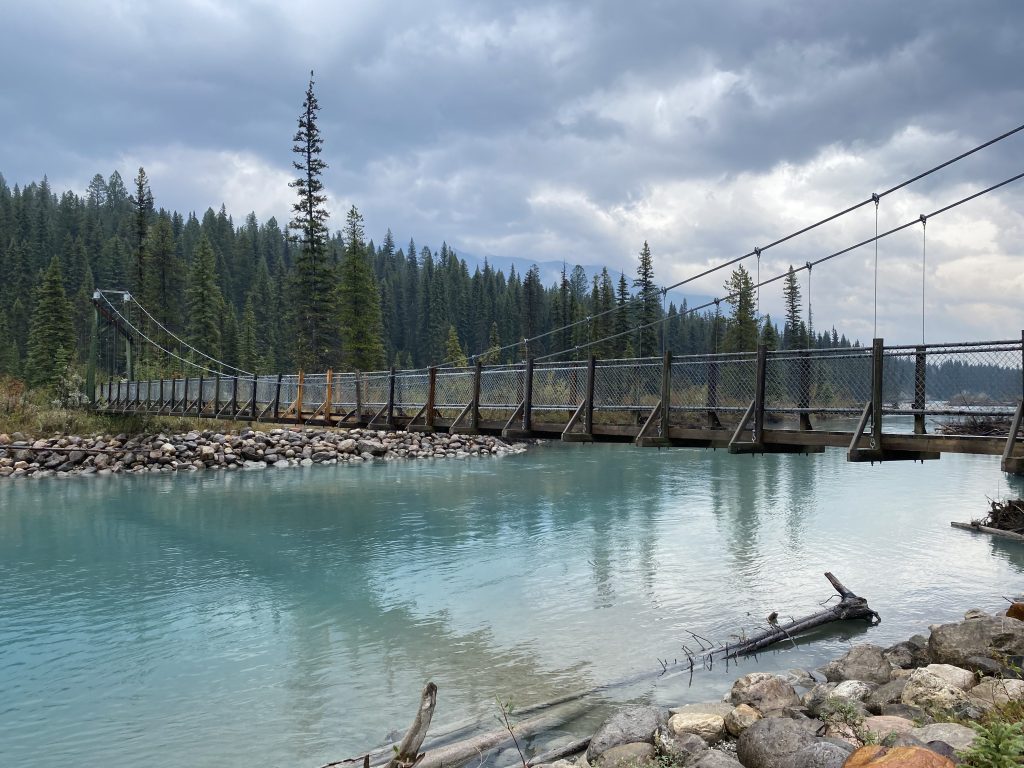
And in Radium Hot Springs, when I stopped to charge my car outside the community center, I struck up a conversation with another EV owner, who recommended several hiking trails in Kootenay National Park. As I hiked across a suspension bridge and followed the Dog Lake Trail to a serene mountain lake, I was grateful for this unexpected connection–one that my electric car had brought to my road trip.
About the Author
Vancouver-based travel writer Carolyn B. Heller is the author of three Moon guidebooks, including Moon Vancouver & Canadian Rockies Road Trip, Moon Vancouver: With Victoria, Vancouver Island & Whistler, and Moon Toronto & Ontario. She also writes about road tripping, food, culture, and other adventures for Travel + Leisure, Roadtrippers, TripSavvy, Atlas Obscura, Verge Magazine, Forbes Travel Guide, Montecristo Magazine, and Canadian Traveller, among many other publications.
The new edition of her road trip guide, Moon Vancouver & Canadian Rockies Road Trip, will be released in 2023.
More from author Carolyn B. Heller:
what to read next:
By clicking ‘Sign Up,’ I acknowledge that I have read and agree to Hachette Book Group’s Privacy Policy and Terms of Use
Pin it for later
